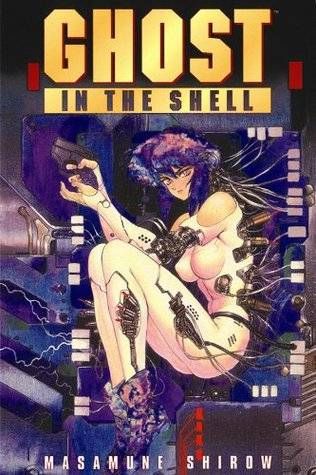
20 of the Best Science Fiction Books of All Time
Before we get started, let me define “best” for you real fast. In this context, best does not secretly mean my favorite science fiction that I’m calling best because I’m the one writing the article. The best science fiction books of all time — at least the ones on this list — are the ones that remain highly rated, are incredibly popular, or have made some sort of mark on the science fiction genre or its various sub-genres, even mainstream culture as a whole. There are also only 20 books on this list, meaning it is not conclusive, as I am one person. I will inevitably miss a book that you think belongs on this list. So many science fiction falls into the definition of “best” that I’m using.
Because that’s what science fiction is meant to do: push the envelope, show what things could be if we continue down the path we’re on, and make you question what’s possible. So many science fiction books go beyond their own genre and cause ripples in adjoining genres like horror, etc. I mean, look at the influences from one of the most science fiction franchises on TV: Star Trek. It set the stage for so many other science fiction franchises, including Star Wars, by pushing boundaries of what was considered acceptable, and went further to inspire others in other arenas, like Nichelle Nichols inspiring other Black women (like Whoopi Goldberg) to become actors and making it easier for women and minorities to join NASA. Mainly by threatening them. Seriously. That’s what science fiction is meant to do, and is therefore often political (even in the “good old days”) and I’ve collected the best 20 science fiction books that I think fit the bill.
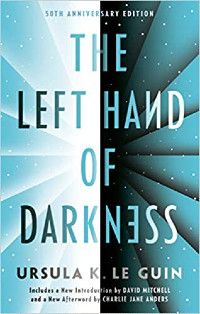
Left Hand of Darkness by Ursula K. le Guin (1969)
I could honestly put any of Ursula Le Guin’s science fiction books on here, all of them are iconic and memorable. To the point where Star Trek: Strange New Worlds had an episode with a similar premise to Those Who Walk Away From Omelas (if you know, you know. No spoilers). Left Hand of Darkness is one of the first notable sci-fi books to deal with gender in a meaningful way with a nearly agender race (Gethenians), save for a few days a month. Le Guin later wished she went even further with how she used pronouns in the book, as she defaulted to “he” for the Gethenians. Still, in 1967, when the book was published, a near-sexless alien race was political, as much of science fiction is, as was the way she dealt with culture, acceptance, and human emotion. If you needed more proof that this book is among the best, it won both a Hugo and Nebula Awards for Best Science Fiction Novel of the Year.
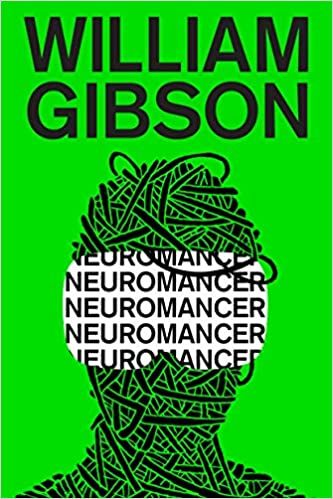
Neuromancer by William Gibson (1984)
It may not have been the first cyberpunk book, which is considered to be The Shockwave Rider by John Brunner, but Neuromancer is definitely considered to have put the genre on the map and give it definition. It has a similar premise as Johnny Mnemonic (which was based off a short story also written by William Gibson), with a dash of The Matrix added in. The story follows a data thief on a last ditch run after his nervous system was crippled by some vindictive former employees. In addition to winning Gibson Hugo, Nebula, and Philip K. Dick awards, this book also laid down the foundations for tropes that would continue through the genre. If you want some more info on the cyberpunk genre in general, I recommend my primer of the cyberpunk genre.

A Wrinkle in Time by Madeleine L’Engle (1962)
This is one of those science fiction books that treads the line between science and fantasy, though there is no denying that it’s scientific in basis with its discussions of quantum mechanics, time travel, and dimension hopping. As Molly Reiniger and others have pointed out, A Wrinkle in Time is many children’s — especially girls — introduction to science fiction. It was written with middle schoolers in mind, encouraging them to ask “but what if…” and has gone on to inspire numerous women to join the STEM field. I know it may not have been my first science fiction book (my parents are and have always been avid readers of the genre), but it’s the most memorable for me. In part because Meg sounded like me as a kid: uncool, frizzy hair, glasses, and often surly. It’s been made into two movies, adapted into a graphic novel, and into a play. There’s no denying the impact this book has had.
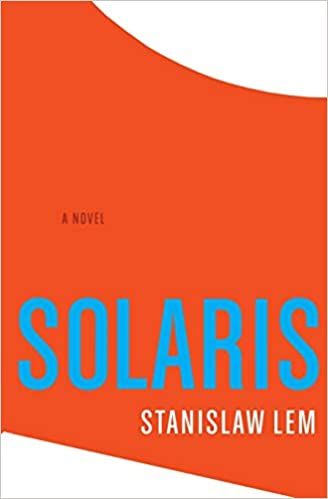
Solaris by Stanisław Lem (1961)
This is definitely a heavier read, not one that you sit and devour in an afternoon. Published in 1961, it follows the story of a team of researchers stationed on an alien planet covered in a seemingly endless ocean. On the surface it seems like your standard planetary research story, but the way Lem approached the concept was new for the time. He was more philosophical in basis, with the only sentient life on the planet being the ocean and the danger coming from the researchers’ psyches. Lem was never as big a name in the United States as other authors were as he was stuck behind the Iron Curtain, but that does not change his influence and reach. At one point he was called “the most widely read science fiction writer in the world,” and was well-known for jumping between sub-genres with ease.
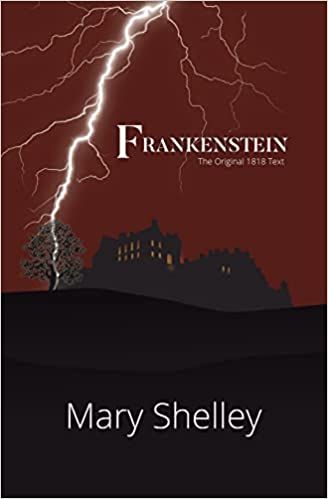
Frankenstein, Or The Modern Prometheus by Mary Shelley (1818)
When it comes to cultural touchstones in the science fiction genre, it is required to talk about this book. Even though it’s often called the first science fiction book, that’s technically not really true. In fact, she’s not even the first female science fiction writer, that would go to Mary Cavendish of The Blazing World. Still, Shelley laid down the foundation of science fiction as we know it, asking what happens when Man plays God nearly 200 years before Jurassic Park. She created the source material used by so many adaptations and spoofs you could write an article on them.
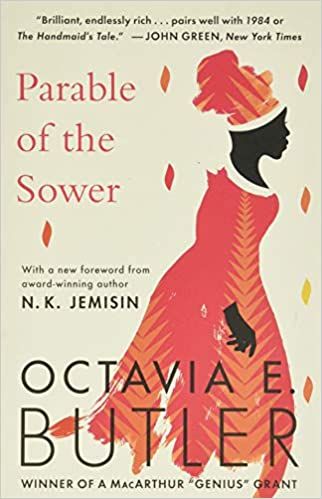
Parable of the Sower by Octavia E. Butler (1993)
The first book of her Earthseed series, the story is set in 2025 when American society is collapsing due to climate change, corporate greed, and wealth disparity (sound familiar?). There are a few gated communities that serve as safe spaces where you are more protected from the poverty, cannibals, and wild dogs. But these communities collapse, and that is what sends Lauren out into the wilds, where she creates a religion along the way and pushes for people to look to the stars for a new home. It was a New York Times Notable Book of the Year, nominated for the Nebula for Best Novel, and most recently was a New York Times Best Seller in 2020. It’s also been adapted into a graphic novel AND an opera.
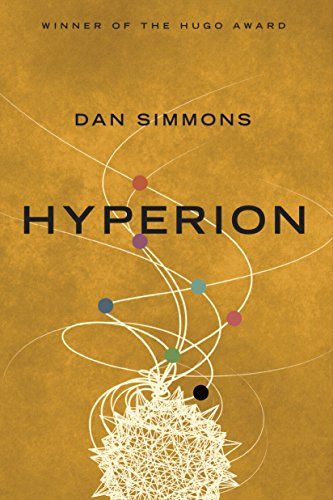
Hyperion by Dan Simmons (1989)
This book is often called Canterbury Tales in space, and that’s honestly pretty accurate. Hyperion is one of Simmons’s most acclaimed books, and it follows his tendency to cram as many genres into one book as he can. In this collection of interconnected novellas in one overarching novel, you bounce between horror, hard-boiled crime, historical fiction, and thrillers when reading about a group of humans on a pilgrimage through the stars. A pilgrimage they were chosen to take for reasons unknown. It’s an interesting approach to science fiction, one you don’t see often, and is well-deserving of its acclaim.
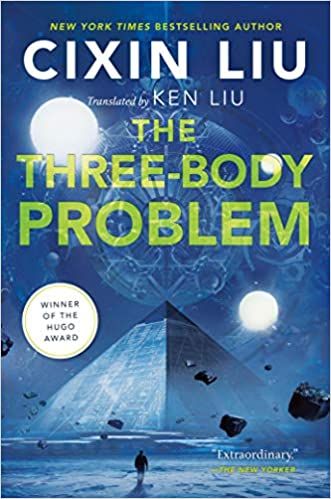
The Three Body Problem by Cixin Liu (2008)
Cixin Liu is one of China’s top-rated science fiction writers, and this book makes it clear why. The first book written by a Chinese author to win a Hugo, it’s set in an alternate history timeline starting with the Maoist Cultural Revolution in the 1960s. A secretive military project (as always, it’s a trope for a reason) have been sending signals into space, only for them to be picked up by an alien civilization on the brink of destruction. An alien civilization that thinks Earth sounds like a fantastic place to invade and turn into a new home. As expected, humanity fractures into two groups: those who, for one, welcome their new alien overlords and wish to help them take over the world they view as corrupt, and those who wish to fight against the invasion. It’s hard sci-fi, full of ideas that could be a novel all on their own, and is written in a way that causes you to force yourself to set the book aside periodically to absorb it all because you will want to devour this book in one sitting.
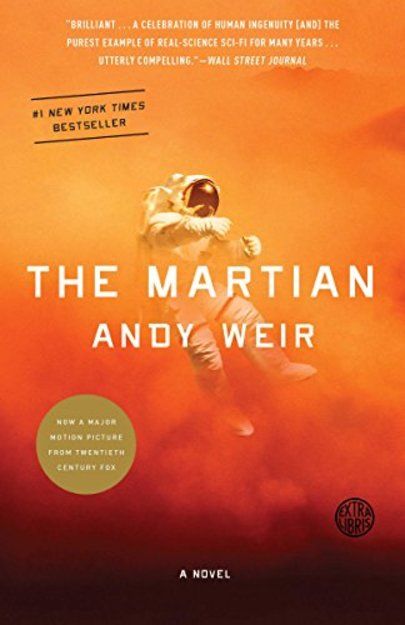
The Martian by Andy Weir (2011)
We all saw the attention the movie adaption of this book got, and the subsequent nominations and awards it received. So believe me when I say that as good as the movie is, the book is even better. Weir puts in the research and the work to really put the science in science fiction. As a scientist myself, I can guarantee that the way the main character, Mark, is written is pretty accurate. We may have degrees in science, but we can also be so dumb sometimes in the most ridiculous ways. Especially if we are left alone long enough, like if we happened to be stranded on Mars, with only our research to keep us company and/or alive. Don’t worry, though, if you’re concerned about all the scientific jargon bogging you down and making this a difficult read. It’s written in such a way, and with enough comedic interludes, that while you may have to give your brain a break now and then, you’ll still be able to get through without a headache.
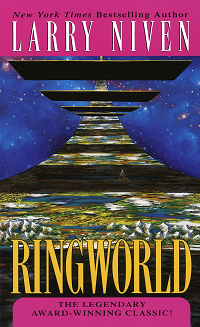
Ringworld by Larry Niven (1970)
Ringworlds are iconic within the science fiction genre. They’re everywhere, especially when people want to have some shocking visuals. They pop up in video games like Halo, which is then given credit for the ringworld that pops up in Book of Boba Fett. But all ringworlds have their roots here, with Larry Niven. Once you get past his tendency to fall into the same writer’s trap that a lot of his contemporary male writers fall into — i.e. that women exist to only be one dimensional and to help further the men’s story — it’s still a good book to read. And it has won a Hugo and Nebula. In 1970. Keep that year in mind when reading it. Have better books been released since? Definitely, but that doesn’t change the influence this book has had on science fiction.
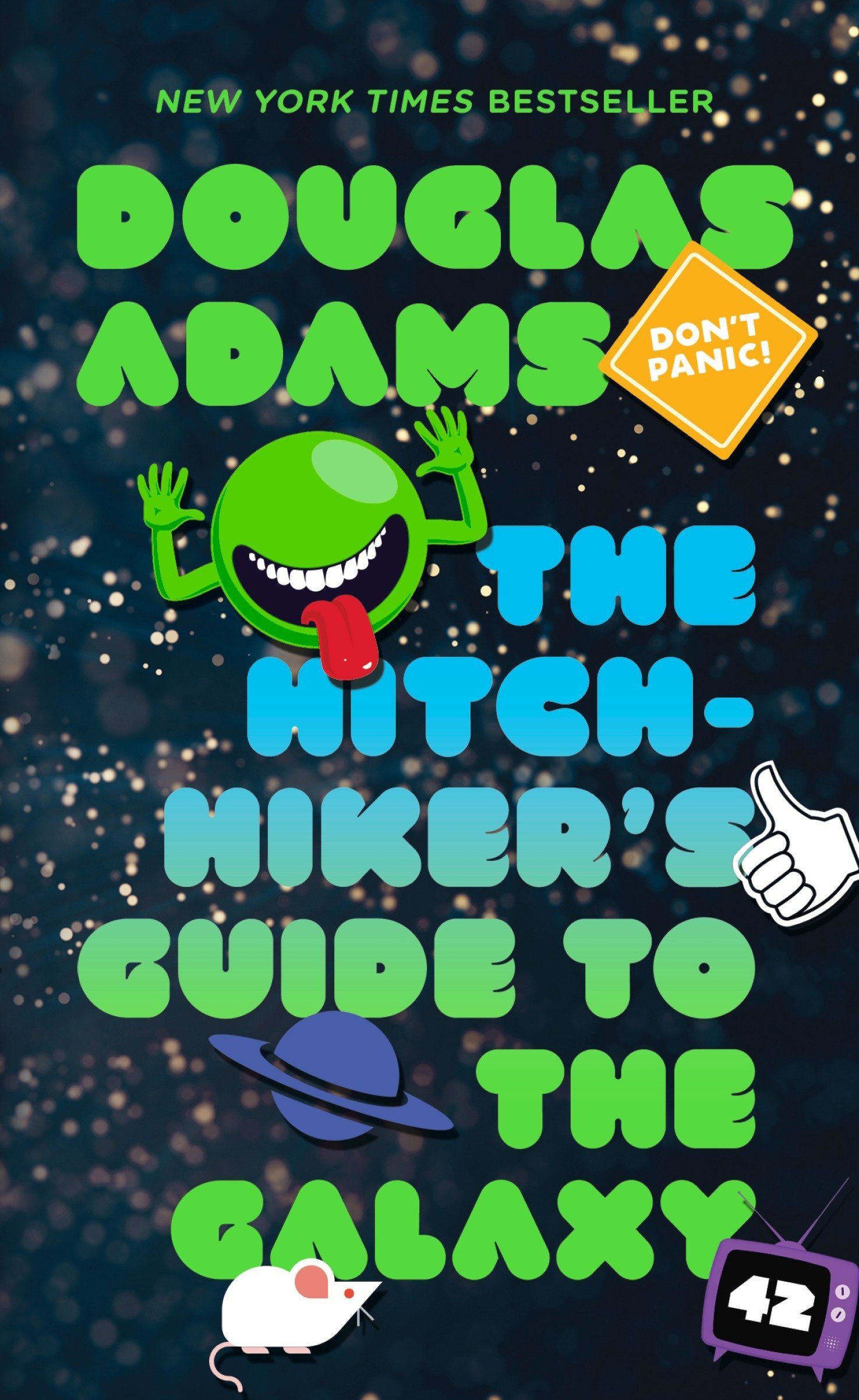
The Hitchhiker’s Guide to the Galaxy by Douglas Adams (1979-1992)
Of course this series is included here. I would not be exaggerating to call this series one of the most influential science fiction books ever. Like, even if you haven’t seen the movie, or TV show, or the numerous stage adaptations, or listened to the radio play, or played the video game, or even just read the books or graphic novels, you likely still know something about this series just through cultural osmosis. You can reference “Don’t Panic,” “42,” or “so long and thanks for all the fish” in another work and people immediately know what you’re talking about. Not to mention, no one writes like Douglas Adams. The man is a masterclass in how to write metaphors and dry humor. The entire bit with dolphins is iconic by itself and it’s essentially set dressing to the rest of the story. You can’t talk best science fiction and not mention Douglas Adams.
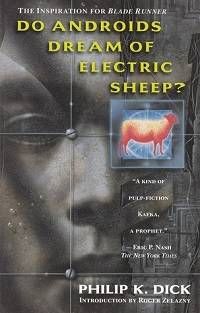
Do Androids Dream of Electric Sheep by Philip K. Dick (1968)
A precursor to cyberpunk as a genre (the term wasn’t coined until 1980), this book was loosely the inspiration for the Bladerunner movies and expands upon the question of what makes us human, and when technology advances enough is it even worth it to make that distinction? Assassin for hire Rick Deckard is how the book explores those questions as he hunts down androids who have fled servitude for a life of freedom on Earth. It’s another big cultural touchstone in the world of science fiction that has a nice blue collar element to the story.
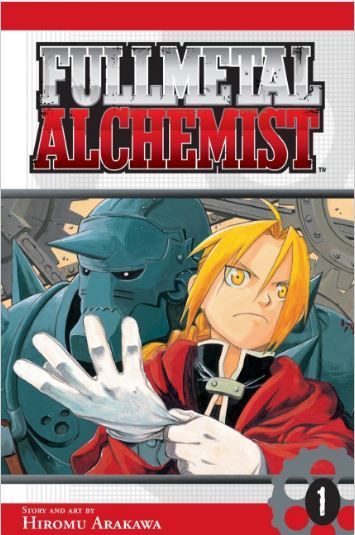
Fullmetal Alchemist by Hiromu Arakawa (2002-2010)
How is alchemy science fiction? Well, I would make the argument that alchemy was a proto-chemistry, the beginnings of the scientific method as we use it today, far more that just the search to turn lead into gold that we have reduced the practice to. Besides, this manga series has mechanical prostheses and could probably be considered steampunk as well. I think that earns it a spot on the science fiction shelves. You would also be hard-pressed to find an anime/manga fan that hasn’t come into contact with this series. It’s massively popular, with not one but two anime adaptations and an entire debate around which adaptation is better (it’s Brotherhood don’t @ me). There’s even what is practically a rite of passage for newbies engaging with it for the first time. Honestly, you could probably put it on the same list as series like One Piece or Naruto. It’s a fixture.
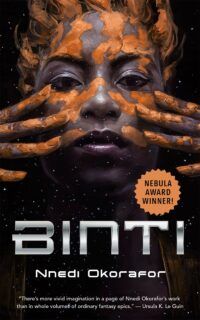
Binti by Nnedi Okorafor (2015-2018)
If you want to talk about Africanfuturism, you have to talk about Nnedi Okorafor’s Binti novella trilogy. It pulls heavily from African cultures, namely the Himba peoples from Namibia, as it follows a young woman named Binti eschewing her tribe’s traditions to attend university in space. And that’s when she comes face to face with the Meduse, a nightmare alien race set on getting revenge on Binti’s university. The first book in the series won both a Nebula and a Hugo, but the next two novellas in the series are just as good. The novellas steadily get longer as the trilogy progresses: the first book 96 pages, the second 172, and the final one 208 pages.
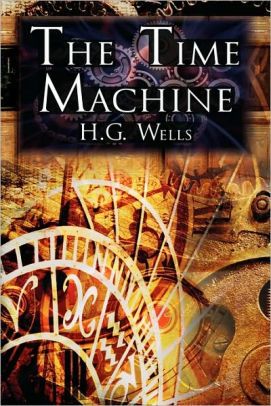
The Time Machine by H.G. Wells (1895)
While it is not the first instance of a time machine being used, this book is likely one of the most popular, and probably popularized the concept of using a machine to travel back and forth through time. H.G. Wells is one of the classic science fiction writers, in the same category as Jules Verne, George Orwell, and Aldous Huxley when it comes to establishing tropes within the genre. He even coined the term “time machine.” And The Time Machine is full of those tropes, dealing with human evolution, the effects of industrialization, and post-apocalyptic worlds. If you’ve ever heard of the name Morlock, like perhaps from Star Trek or The Simpsons, that species/name originated from this book.
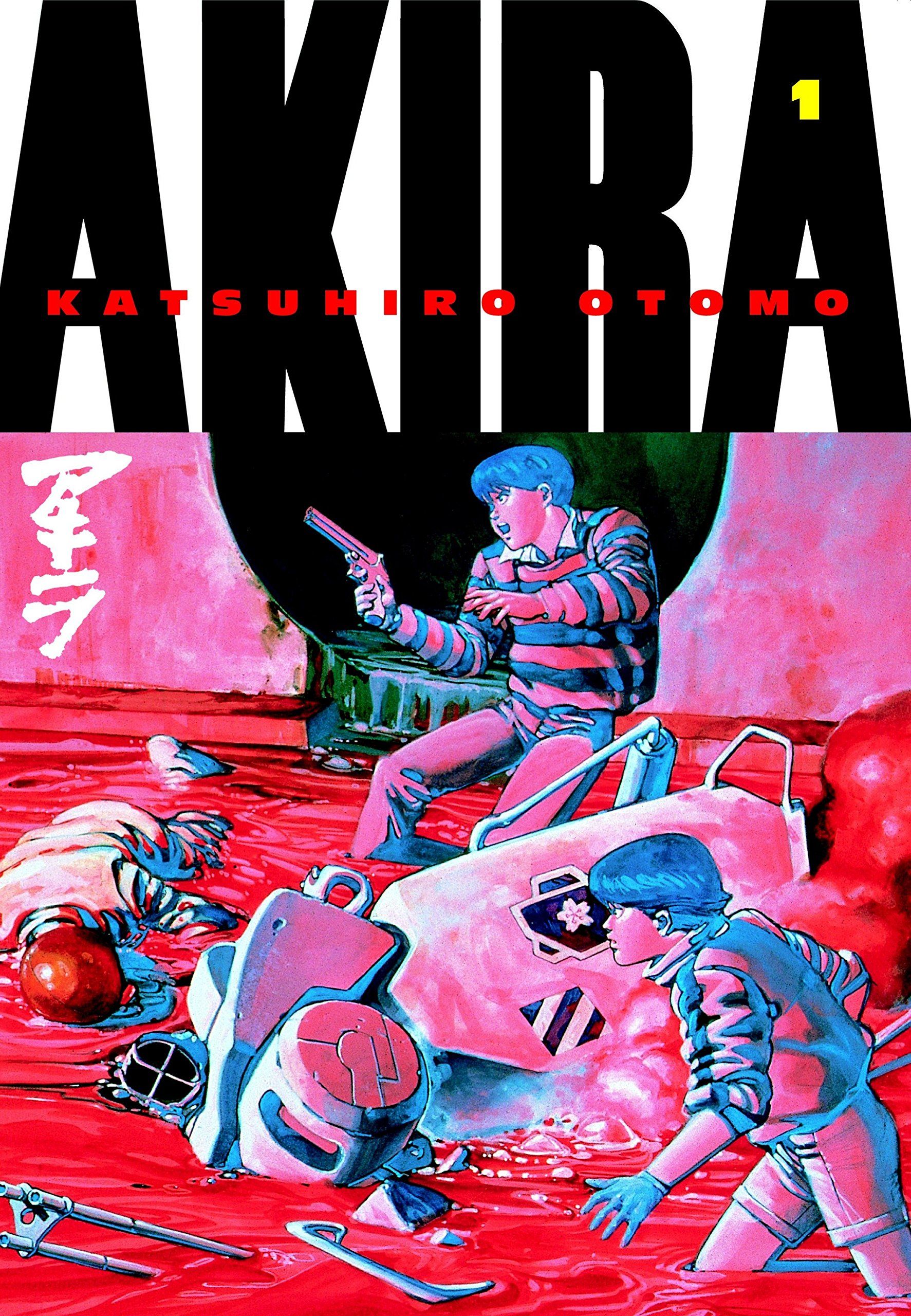
Akira by Katsuhiro Otomo (1982-1990)
How many times have you seen the Akira motorcycle slide ever since the movie came out in 1988, 1990 for the U.S.? If you’re not sure what I’m talking about, here’s a YouTube video collecting every homage in the last 30 years. It’s everywhere, even in children’s media. If a character is on a motorcycle, they’re going to do the slide. And before it was a movie, it was a manga. A manga that jump-started the Japanese version of cyberpunk. North America had William Gibson, and Japan had Katsuhiro Otomo. Without Akira, the American market for anime and manga likely wouldn’t exist the way it does now. Sure, there were a few trickles of cultural imports from Japan, but Akira opened the floodgates. Without it, other hits like Ghost in the Shell and Neon Genesis Evangelion likely wouldn’t have happened. Its impact is near immeasurable.
Ghost in the Shell by Masamune Shirow (1989-1997)
This is another manga with a huge impact. It’s so influential that the Wachowskis said that they actually checked in with Shirow before making The Matrix because so much of it is essentially a straight copy. Video games like Metal Gear Solid, Cyberpunk 2077, and Deus Ex cite it as influences as well. For a lot of Western audiences, after Akira, it is synonymous with Japanese cyberpunk. It poses some serious questions about transhumanism too — how much of you is you if the only original part of your body is your brain, but your brain can be hacked? Especially when you exist to be at the beck and call of your government? Ghost in the Shell is not the first to ask these questions, but you have to admit: it does give them some pretty cool packaging.

Dark Matter: A Century of Speculative Fiction from the African Diaspora edited by Sheree Renée Thomas (2000)
Until pretty recently, Black science fiction writers got overlooked in favor of white authors, especially in the early to mid 20th century. This anthology collects the last 100 years of science fiction written by Black authors, from names you may recognize, like W.E.B Du Bois and Octavia E. Butler, to names you may have not seen that much, like Kalamu ya Salaam and Tananarive Due. Not only does this book collect stories dating back to 1887, it also includes essays in the back from science fiction names like Octavia E. Butler and Samuel R. Delaney that look at the intersection of race and science fiction, pointing out how a lot of the classics we love could have really done better.
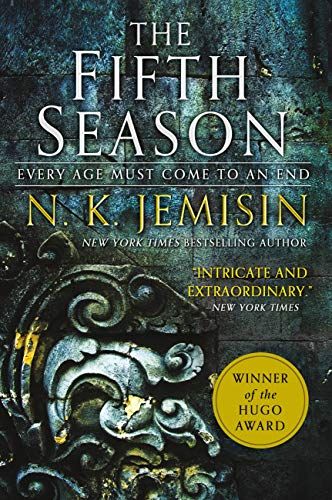
The Broken Earth Trilogy by N. K. Jemisin (2015-2017)
N. K. Jemisin is another big name in current science fiction. Not only is she the first Black woman to win a Hugo, she is also the first author to win a Hugo for Best Novel three times in a row. All because of this series. Yes, you read that right, every book in this trilogy has won a Hugo for Best Novel. And deservedly so. The worldbuilding is beautiful, but like most books creating a new world to enjoy, the build up can be slow. So be patient, trust Jemisin, the pay off will be so worth it in the end.
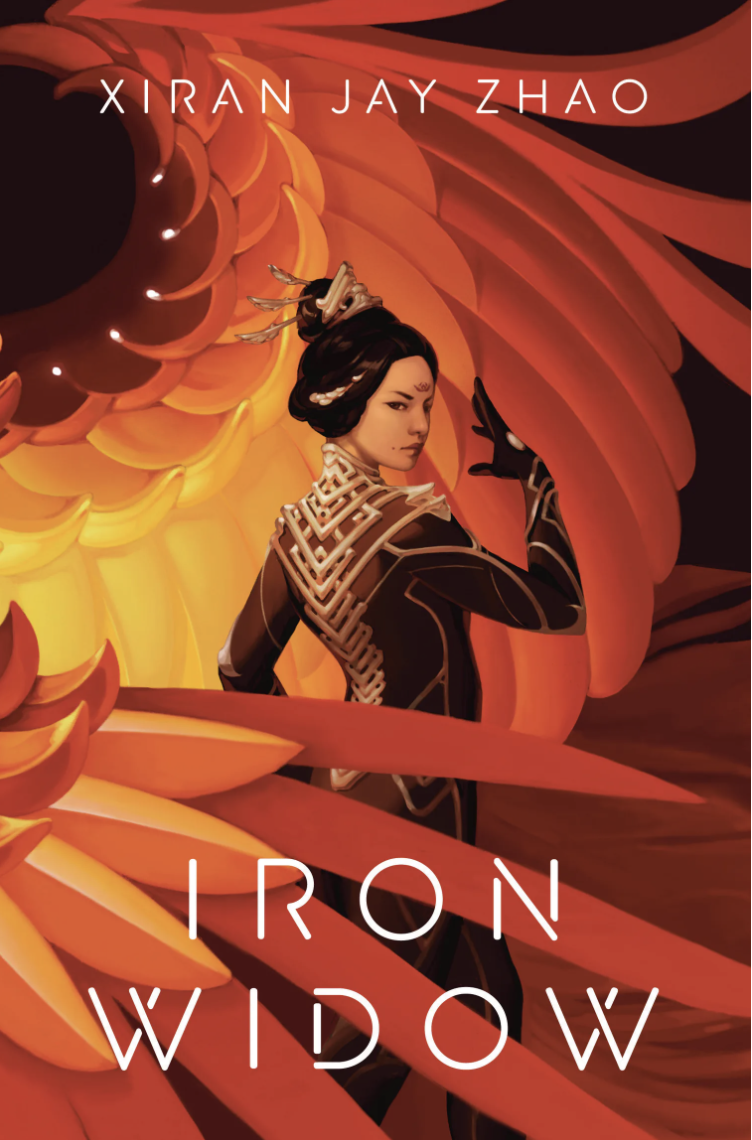
Iron Widow by Xiran Jay Zhao (2021)
C’mon. Pacific Rim style mechas with a story inspired by Chinese history, as well as being bisexual and having a poly romance? That set up alone belongs on a Best List. It avoids the played out love triangle trope, the constant “who will they choose” when the answer should be “why not both?” This book says why not both. And that’s just a subplot. Most of the book is full of mecha fights over the Great Wall, and the main character is based off Wu Zetian. As in Wu Zetian, the only female emperor China has ever had. I will put a warning on this one though: it does get violent and in your face at times. It’s also set in a deeply misogynistic society.
If you’re looking for more science fiction books, or information on its various genres, you can check out our other list of the most influential science fiction books of all time, this list of genre-bending science fiction, or maybe give some love to the best science fiction books you’ve never heard of.



